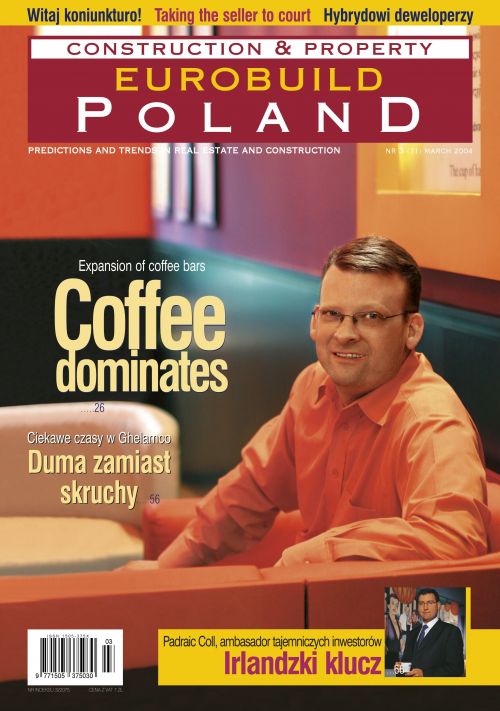Agnieszka Majewska of Cushman & Wakefield Healey & Baker claims that this
year's prognosis seems optimistic, with animation on the office market
evident since January. Firms which contracted in the period of increased
demand between 1997 and 1999 are presently looking for higher standard space
at a lower price, through renegotiation or relocation. Small and medium
Polish and foreign firms presently appearing on the market are also on the
lookout for office space.
Several experts operating on the Warsaw market point out, however, that a
certain animation was visible already in 2003. In her report for Knight
Frank, Aleksandra Baciarelli writes: "Visible animation was noted in the
second half of the year reflected by an increased number of property
presentations". Regretfully this did not translate into the amount of rented
square metres, with KF final data stating that its new tenants last year
found 105,000 sqm space which is
13 percent less than in 2002. Tenant






























































